Acceptable or unacceptable: trash and inequality in two Bronx parks
by Max Horberry
Crotona Park and Tremont Park are neighbors. At their closest point, they are a three-minute walk from entrance to entrance. But the two represent the divide and varied history of the Bronx. This photo essay will show the contrast between the two.
Crotona Park (above) and Tremont Park (below). Photo credit: Max Horberry
Tremont Park is the smaller of the two at 15 acres. A concrete staircase with flaking paint winds up the hill, disconnecting the park from the street. On a morning in early October, the park had an eerie atmosphere of desertion. A few people sat on benches, the grass was overgrown, patchy and sometimes burnt around the dead charcol remains of small fires. Litter was strewn across the wiry grass. Plastic bottles, empty cans, clothing were crumpled in piles. There was a small baseball field, but weeds are growing through the bases from lack of use.
Tremont Park has failed eight out of 20 inspections since 2016. Its neighbor, Crotona Park, has failed only 20 of the 129 since the same year. Due to Crotona’s large size, it is divided into sections which is why it has so many more inspections. Yet this still puts Tremont Park in the worst nine percent-rated parks in the Bronx.
Crotona Park, at 127 acres, has nine playgrounds, four comfort stations, a picnic area, a public pool and boathouse and a variety of tennis, handball and basketball courts. Crotona Park is strikingly clean and tidy with the grass trimmed short.
Crotona Park (above) and Tremont Park (below). Photo credit: Max Horberry
The trash cans are especially indicative of the differences between the two parks. In Tremont Park, there are little more than barrels or wired cans, overflowing or surrounded by bags. In Crotona, trash cans come in threes. Two black, one blue. They are plastic wheeled bins — ubiquitous and well-looked after.
“The Bronx is like that,” said Mildred Sottomayor, a park employee at Crotona. The places with pools and playgrounds get more attention. Even the proximity of schools makes a difference to how much the staff cleans up. There are playgrounds, she said, that are not near schools and so they get little attention.
Crotona Park (above) and Tremont Park (below). Photo credit: Max Horberry
Crotona Park has three schools that are less than a block away from the park perimeter. There are six schools within three blocks of the park. There are just two schools within a three-block radius of Tremont Park, but each of those schools are closer to other parks. Tremont Park is no school’s dedicated local park.
Tremont Park has seen better days. It was once a town square, home to the Grand Borough Hall which was torn down in 1969. Since then little renovation or activity has happened. A Friends of Tremont Park exists, but without the momentum of preexisting attractions in the park, it will be difficult to get the park the attention that would put it on the same level as Crotona Park.
Crotona Park (above) and Tremont Park (below). Photo credit: Max Horberry
In the 1960s and 1970s, Crotona Park was better known for its crime and state of disrepair, than it was for its recreational attractions. In the 1980s, Ronald Reagan called Crotona Park “worse than the London Blitz” when he visited. But, in 1996, the Friends of Crotona Park, founded by Partnerships for Parks, gradually turned the park around.
“The Parks Department needs an additional 68 workers borough-wide to support all parks in the borough, including Tremont Park and we hope they receive additional funding through the budget process to hire these workers,” said John Sanchez, District Manager of Bronx Community Board 6, in an email. “Many parks throughout the Bronx are still recovering from decades of disinvestment from previous administrations.”
Crotona Park (above) and Tremont Park (below). Photo credit: Max Horberry
Crotona Park’s large size, as well as its variety of amenities, draw more attention from the Parks Department as well as fundraising initiatives through groups such as Friends of Crotona Park. Crotona Park has a Trash Zone Management program that keeps the park staffed with cleaners that ride around the parks efficiently divided zones on electric carts cleaning on a regular schedule.
The 2015 Crotona and Tremont Park master plan proposes connecting Tremont Park to Crotona Park with a bridge. Tremont will no longer be Crotona’s scrappy neighbor, but adopted into the Crotona family.

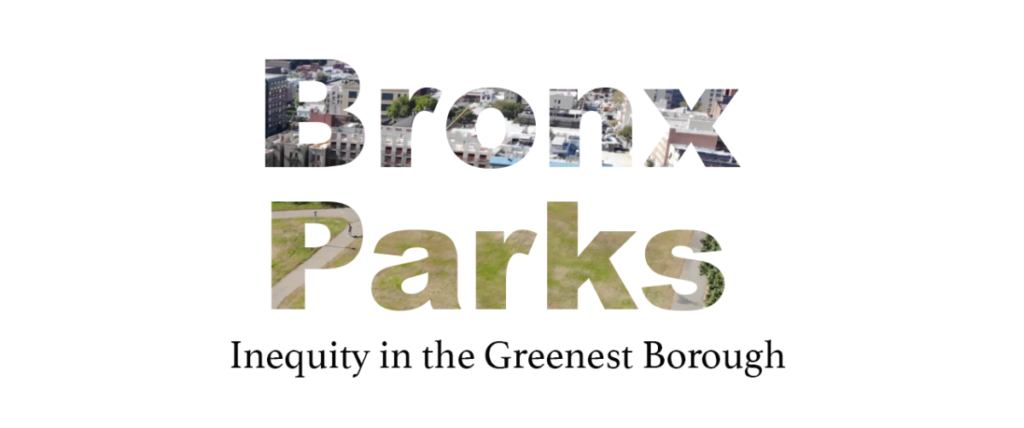
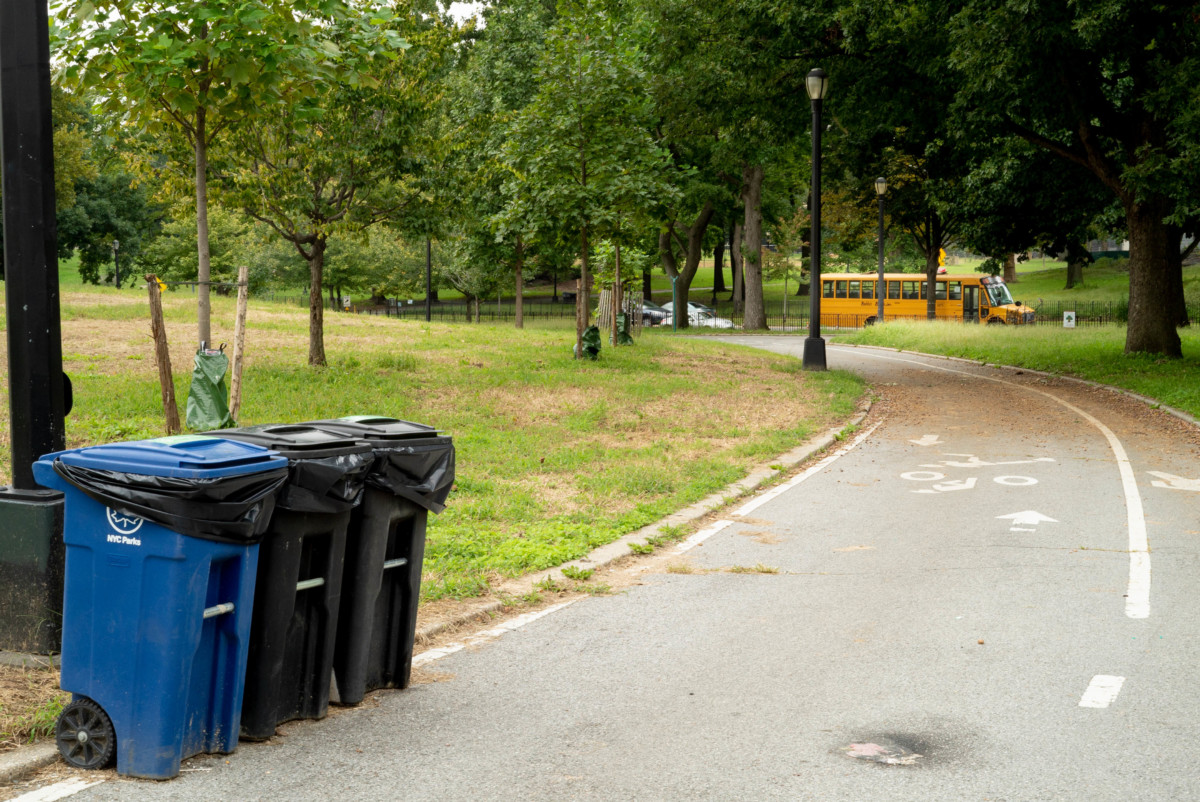

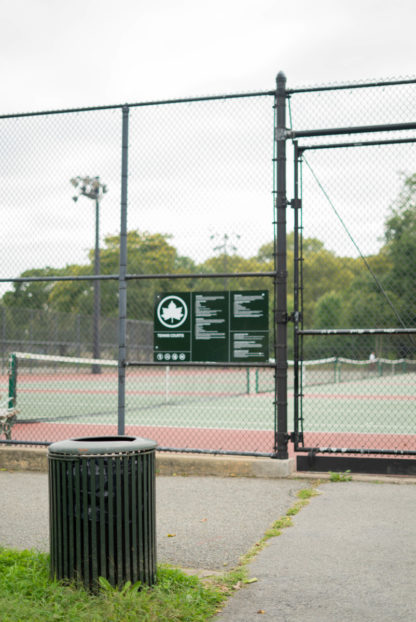
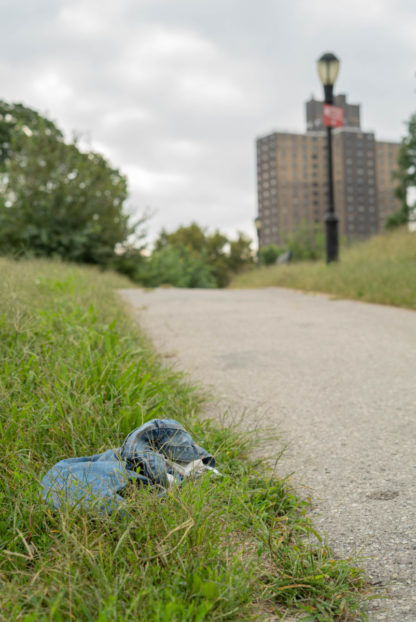

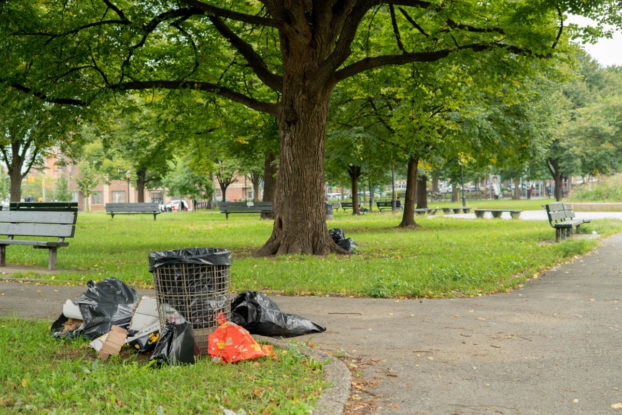

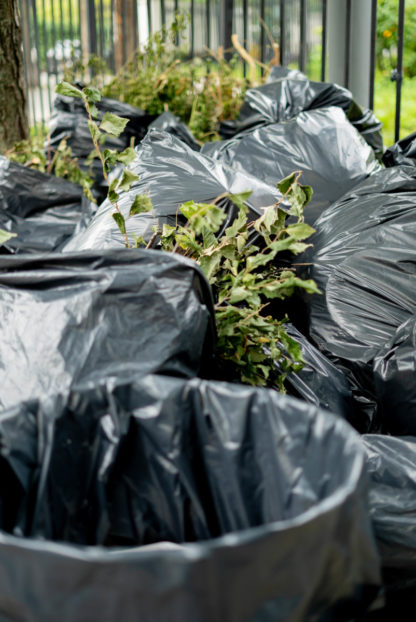

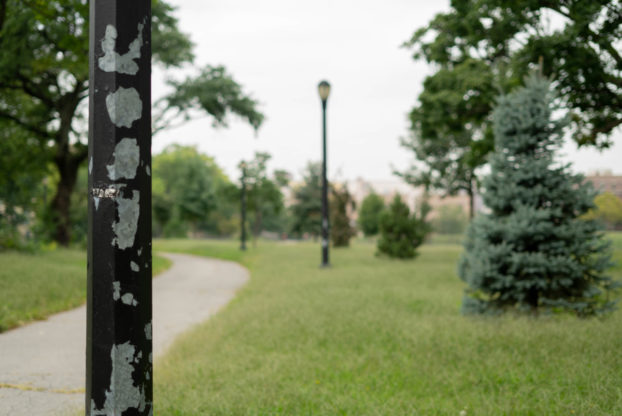
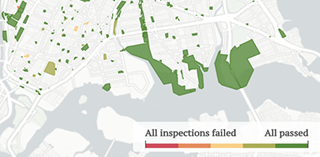 Tracking inspection records in Bronx public parks | Lucas Manfield
Tracking inspection records in Bronx public parks | Lucas Manfield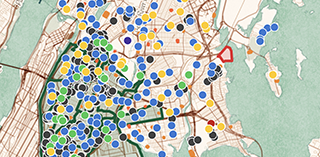 Mapping amenities in Bronx public parks | Leafy Yan
Mapping amenities in Bronx public parks | Leafy Yan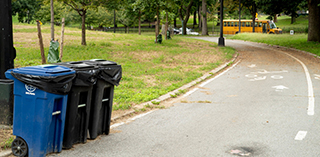 Acceptable or unacceptable: trash and inequality in two Bronx parks | Max Horberry
Acceptable or unacceptable: trash and inequality in two Bronx parks | Max Horberry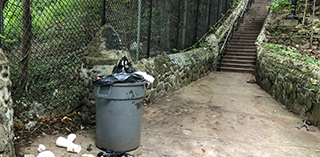 The little west Bronx park that could, defying decade of cleanup efforts | Lucas Manfield
The little west Bronx park that could, defying decade of cleanup efforts | Lucas Manfield New life being brought to Tremont Park | Allen Devlin
New life being brought to Tremont Park | Allen Devlin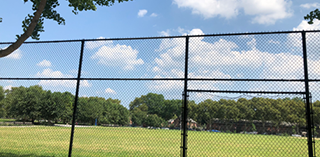 Take out the old bring in the new: Soundview Park | Olivia Eubanks
Take out the old bring in the new: Soundview Park | Olivia Eubanks Learning to bike in the Bronx | Virginia Norder
Learning to bike in the Bronx | Virginia Norder Private donors saved New York City parks—but for whom? | Brett Bachman
Private donors saved New York City parks—but for whom? | Brett Bachman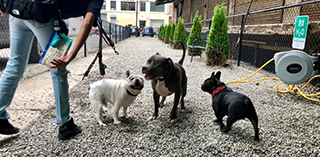 Privatized puppy parks: a Bronx tail | Tristan Cimini
Privatized puppy parks: a Bronx tail | Tristan Cimini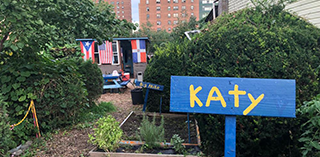 A Tale of Two Gardens | Tiya Thomas
A Tale of Two Gardens | Tiya Thomas Access to North and South Brother Islands still in question | Savannah Jacobson
Access to North and South Brother Islands still in question | Savannah Jacobson Is the Bronx not entitled to its own High Line park? | Beatriz Muylaert
Is the Bronx not entitled to its own High Line park? | Beatriz Muylaert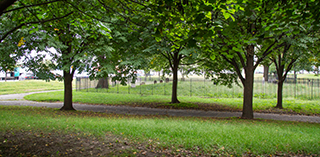 Ongoing struggle to get recognition for slave burial ground at Joseph Rodman Drake Park | Aliya Chaudhry
Ongoing struggle to get recognition for slave burial ground at Joseph Rodman Drake Park | Aliya Chaudhry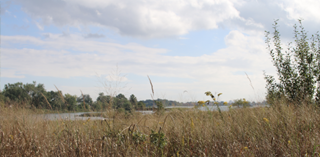 Bronx River Alliance: Water pollution has been the highest in years | Joasia E. Popowicz
Bronx River Alliance: Water pollution has been the highest in years | Joasia E. Popowicz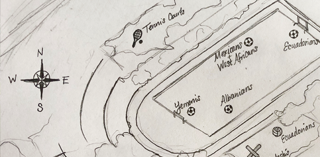 Immigrants face barriers to Bronx parks | Seyma Bayram
Immigrants face barriers to Bronx parks | Seyma Bayram